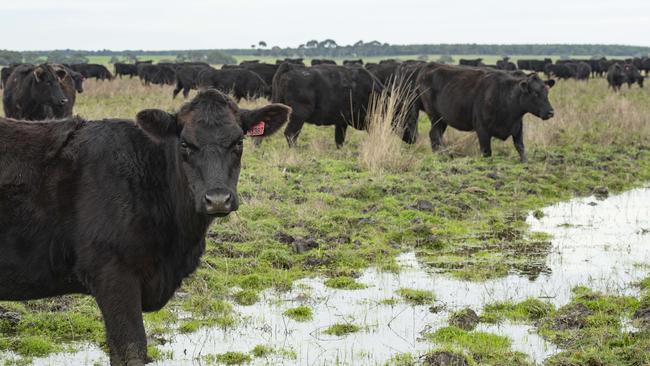El Nino: Dry predictions cost Aussie farmers, as rain falls
Frustrations are boiling over for farmers after making decisions over El Nino fears, then receiving good rain.
Frustrated farmers are questioning the cost of El Nino talk as predicted drier-than-average conditions have failed to materialise.
While some parts of central and northern NSW are dry and crops may not have been planted, large tracts of western NSW and most of Victoria have measured good winter falls – with some regions breaking records for June rain.
And frustration is turning to anger as El Nino predictions, made by the Bureau of Meteorology, could have cost tens of millions of dollars in lost income.
The BOM doubled down on publicising an El Nino “alert” last week, as the World Meteorological Organisation announced El Nino conditions had developed in the tropical Pacific and had a 90 per cent chance of continuing to the end of the year.
The Weekly Times has spoken to producers who decided to sell stock early, not to buy stock, failed to sow pastures, didn’t plant crops or chose sowing locations based on the BOM’s El Nino warnings.

Harrow sheep and grain grower Michael Craig sowed crops to some lower-lying paddocks based on drier-than-average forecasts. Instead, they had their wettest June on record.
“I was one of the idiots who thought it would be dry,” Michael said.
Waterlogging meant they lost some of the recently sown crops.
Their major winter fox control program had also been a challenge due to boggy conditions.
“The wet caused a lot of the bait to go off early,” said Michael, who expects about 3700 lambs to hit the ground by mid-July. “Now paddocks are so wet we can’t get in to continue (the baiting program).”
South Australian beef producer Tim Burvill, who has country at Greenways and Callendale, said the BOM’s “left hand did not know what it’s right hand was doing”.
“They (BOM) need to be held to account for their poor forecasting,” Mr Burvill said.
“Their forecasts of El Nino created panic in the livestock world and it spooked the industry.
“They (BOM) predicted the entire continent had less than 25 per cent chance of above-median rainfall in a 30-day forecast,” he said. “Around 70 per cent of Australia received median rainfall with at least 50 per cent in a decile 8-10 rainfall (highest levels).”
A BOM spokesman said the long-range forecast was for drier and warmer conditions across large parts of Australia for August to October.
The spokesman conceded not all the conditions were aligning for a dry period.
“While tropical Pacific Ocean temperatures have reached El Nino levels, a confirmed shift in the tropical atmosphere is also needed for us to announce an El Nino event,” the spokesman said.




